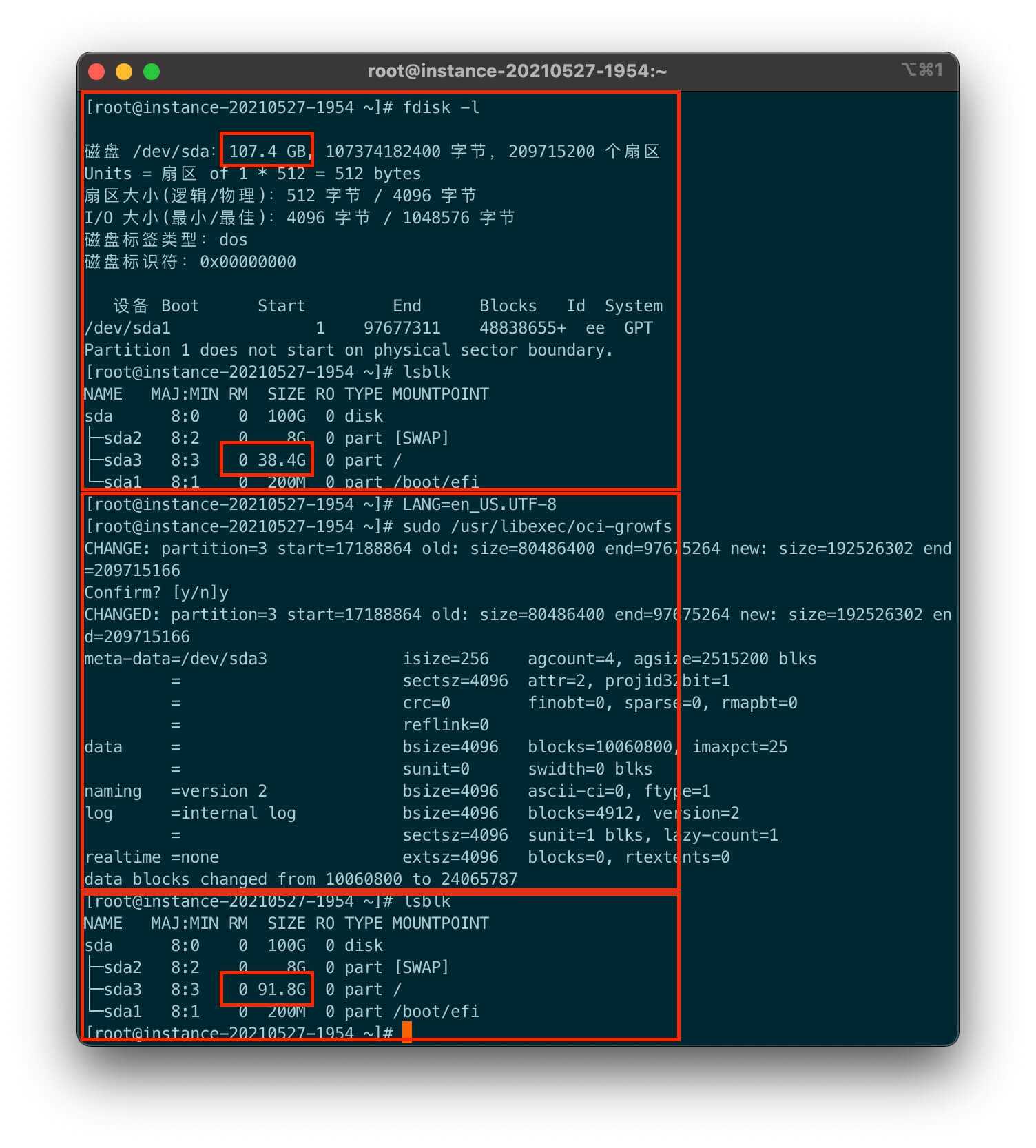使用逻辑回归可以处理线性不可分分类问题。和线性可分相比,引入多项式会使决策边界变得弯曲,从而实现非线性分类。
读入数据
train=np.loadtxt('./data3.csv',delimiter=',',skiprows=1)
train_x=train[:,0:2]
train_y=train[:,2]
plt.show()
参数初始化并标准化X
#参数初始化
theta=np.random.rand(4)
#标准化
mu=train_x.mean(axis=0)
sigma=train_x.std(axis=0)
def standardize(x):
return (x-mu)/sigma
train_z=standardize(train_x)
#增加x0和x3
def to_matrix(x):
x0=np.ones([x.shape[0],1])
x3=x[:,0,np.newaxis]**2
return np.hstack([x0,x,x3])
X=to_matrix(train_z)
学习过程
#sigmoid函数
def f(x):
return 1/(1+np.exp(-np.dot(x,theta)))
#学习率
ETA=1e-3
#重复次数
epoch=5000
#重复学习
for _ in range(epoch):
theta=theta-ETA*np.dot(f(X)-train_y,X)
绘制决策边界
x1=np.linspace(-2,2,100)
x2=-(theta[0]+theta[1]*x1+theta[3]*x1**2)/theta[2]
plt.plot(train_z[train_y==1,0],train_z[train_y==1,1],'o')
plt.plot(train_z[train_y==0,0],train_z[train_y==0,1],'x')
plt.plot(x1,x2,linestyle='dashed')
plt.show()
绘制精度曲线
#参数初始化
theta=np.random.rand(4)
#精度的历史记录
accuracies=[]
#定义结果返回函数
def classify(x):
return (f(x)>=0.5).astype(np.int)
#重复学习
for _ in range(epoch):
theta=theta-ETA*np.dot(f(X)-train_y,X)
#计算现在的精度
result=classify(X)==train_y
accuracy=len(result[result==True])/len(result)
accuracies.append(accuracy)
#将精度画成图
x=np.arange(len(accuracies))
plt.plot(x,accuracies)
plt.show()
 泰恩数据
泰恩数据



